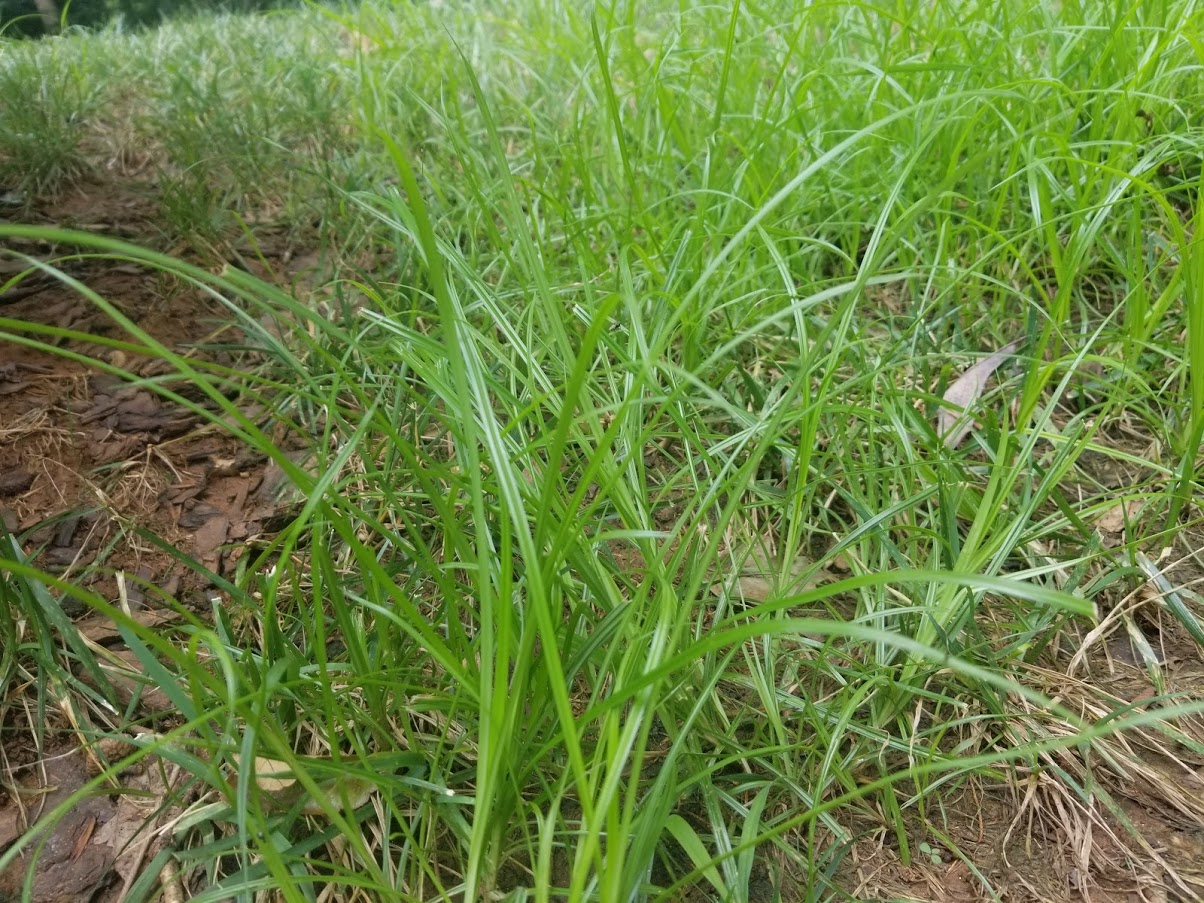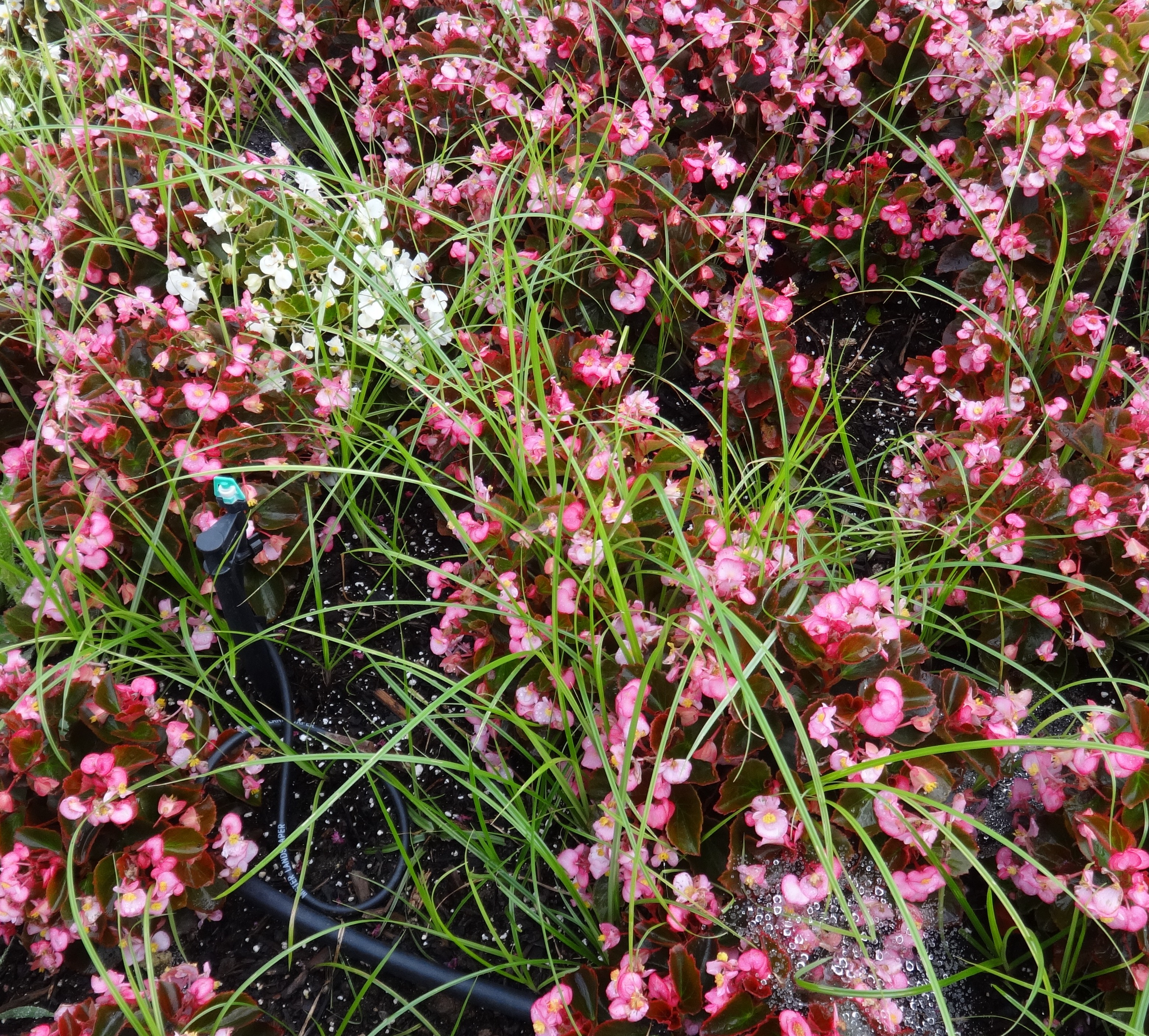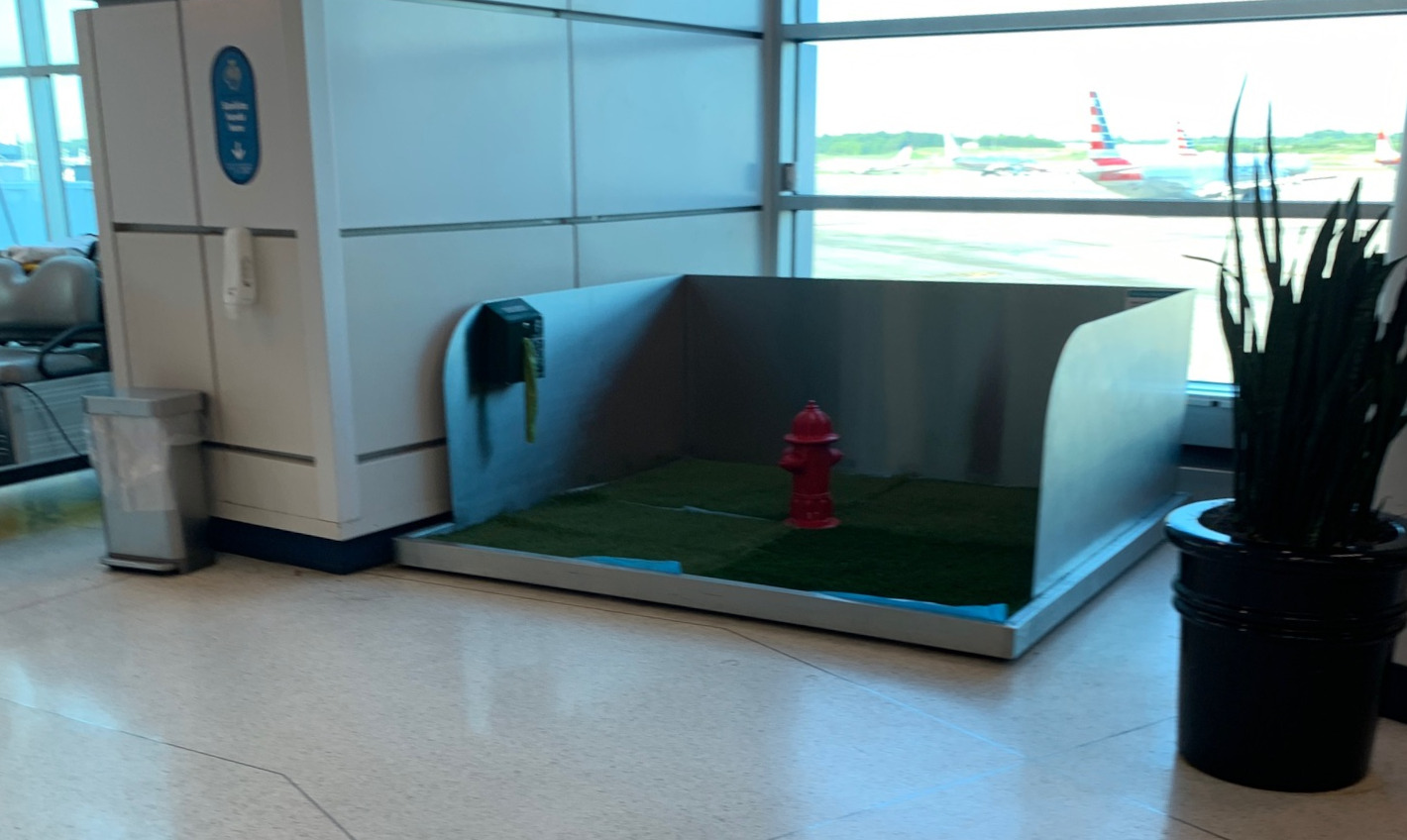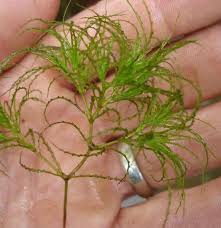Pond Weeds, Nutsedge, and Dead Spots in Grass Q&A
go.ncsu.edu/readext?813019
en Español / em Português
El inglés es el idioma de control de esta página. En la medida en que haya algún conflicto entre la traducción al inglés y la traducción, el inglés prevalece.
Al hacer clic en el enlace de traducción se activa un servicio de traducción gratuito para convertir la página al español. Al igual que con cualquier traducción por Internet, la conversión no es sensible al contexto y puede que no traduzca el texto en su significado original. NC State Extension no garantiza la exactitud del texto traducido. Por favor, tenga en cuenta que algunas aplicaciones y/o servicios pueden no funcionar como se espera cuando se traducen.
Português
Inglês é o idioma de controle desta página. Na medida que haja algum conflito entre o texto original em Inglês e a tradução, o Inglês prevalece.
Ao clicar no link de tradução, um serviço gratuito de tradução será ativado para converter a página para o Português. Como em qualquer tradução pela internet, a conversão não é sensivel ao contexto e pode não ocorrer a tradução para o significado orginal. O serviço de Extensão da Carolina do Norte (NC State Extension) não garante a exatidão do texto traduzido. Por favor, observe que algumas funções ou serviços podem não funcionar como esperado após a tradução.
English
English is the controlling language of this page. To the extent there is any conflict between the English text and the translation, English controls.
Clicking on the translation link activates a free translation service to convert the page to Spanish. As with any Internet translation, the conversion is not context-sensitive and may not translate the text to its original meaning. NC State Extension does not guarantee the accuracy of the translated text. Please note that some applications and/or services may not function as expected when translated.
Collapse ▲Interesting questions came into the N.C. Cooperative Extension, Caldwell County Center this week. I’d like to share three of the questions with you. I hope you find these questions and answers helpful.
Q: There is a grassy weed growing in our flower beds that seems to grow even more when we pull it up. How can I control this stuff?

Although nutsedge looks like grass it is not. (Credit:Darrell Blackwelder)

Nutsedge makes landscape beds look weedy. (Credit:Darrell Blackwelder)
A: This grassy weed is yellow nutsedge. Yellow nutsedge is a very difficult weed to control. Most think of this weed as a type of grass, but it’s actually classified as sedge. The blades are triangular-shaped and grow very rapidly, especially in hot, humid weather that we’ve all experienced over the past few weeks. Unfortunately, yellow nutsedge forms tubers (nuts) at the tips of the rhizomes. During the growing season, plants spread by rhizomes (underground stems) producing “daughter plants”. Yellow nutsedge begins forming tubers at the tips of the rhizomes maturing in late July to mid-August. Spot spraying with a systemic herbicide such as glyphosate (Roundup) will control the newly emerged nutsedge. However, the sprouts below ground generally continue to emerge and continue to be a problem. Many landscape maintenance professionals prefer to use a post-emergence herbicide with the active ingredient Halosulfuron-methyl to control the weed. Its trade name is Sedgehammer, but there are other weed control brands at local garden shops and retail outlets. Nutsedge is difficult to control. One has to be persistent to achieve adequate control.
Q: Our dog is making dead spots in the lawn where it uses the bathroom. What causes this? Can anything be done?
A: According to our new NC State University factsheet “Dogs and Turfgrass Interactions”, the major components of dog urine are water, urea, uric acid, lactic acid, creatinine, and bilirubin. Spotting and death of turfgrass used to be attributed to the concentrated nitrogen and excess salts in dog urine. The nitrogen will often cause a darker green turfgrass spot. This response is similar to dropping a handful of fertilizer on the lawn. The nitrogen concentration of the urine and your lawn’s fertility status dictate the level of greening by the grass. A well-fertilized lawn is generally less affected by the nitrogen and salts in dog urine.
Recently, lactic acid has been identified as the major culprit for turfgrass death. Lactic acid is a natural byproduct of cellular respiration in dogs. Its concentration in dogs is highly variable and is affected by exercise, diet, and health. Generally, lactic acid concentration in urine increases with more physical activity. Lactic acid kills turfgrass by disrupting its cellular membranes and, as a result, its cellular metabolism. This mode of action is similar to some commercial herbicides. Because of lactic acid’s potency, researchers have even evaluated its use as an organic post-emergent herbicide.
The extent of urine damage is influenced by living and nonliving factors. A dog’s breed, sex, and age affect its urination practices and, in turn, urine damage. Although any breed can cause damage, larger dogs excrete higher volumes of urine. Thus, they tend to cause more severe damage. Damage from female dogs and puppies tends to be more severe compared to mature male dogs. This is because puppies and female dogs tend to squat when urinating, concentrating the urine damage. Male dogs, however, tend to urinate on vertical structures (for example, trees, shrubs, and posts) away from the middle of the lawn.

This “Pet Relief Area” at the Charlotte Douglas Airport is one approach to eliminating dead spots in turf. (Credit: Bruce Roberts)
An obvious solution is to prevent dogs from urinating on your lawn. Train your dog to urinate on mulched areas or at the periphery of the lawn, where damage will be nonexistent or less noticeable. A less practical solution is to “water in” dog urine within a few hours of urination with a watering can or water hose. Ideally, urine should be flushed with high volumes of water immediately following urination. Although this limits turfgrass death, it does not reduce the dark-greening of the grass due to the urine.
Q: My pond is covered in weeds. What can I do?
A: The first step is to identify the weed(s) correctly. Weed identification is necessary to know control options. To identify the weed(s), get a sample and wrap it in a damp (not wet) paper towel. Place this in a sealed plastic bag and bring it to the N.C. Cooperative Extension, Caldwell County Center for identification. Some weeds can be identified by sending us good photos. Another option is to use the NC State University phone app called “Aquatic Plants.” This app is available for Android and Apple phones. Once properly identified, then a control strategy can be developed.
A special thanks to Darrell Blackwelder, retired Rowan County Horticulture Agent with North Carolina Cooperative Extension, for his answer to yellow nutsedge. For answers to your agriculture questions, call the N.C. Cooperative Extension, Caldwell County Center at 828-757-1290 or visit us online any time.

— Seth Nagy is the Caldwell County Extension Director. The N.C. Cooperative Extension, Caldwell County Center, 120 Hospital Ave. NE, #1 in Lenoir, provides access to resources of NC State University and N.C. A&T State University through educational programs and publications.




